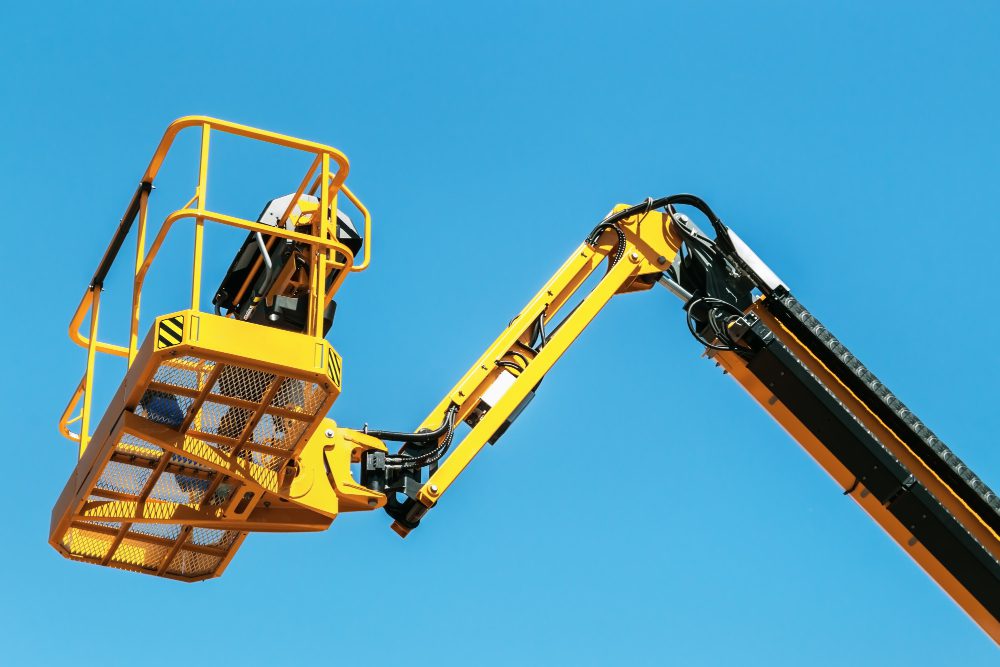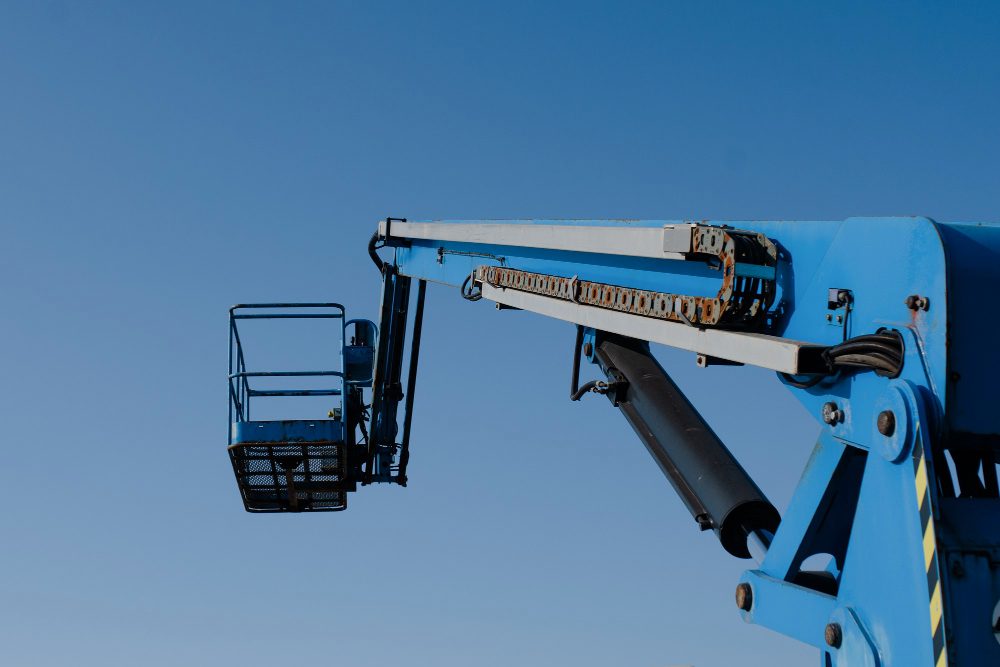In the material handling and construction industries, equipment such as telescopic handlers and forklifts play a vital role. Although they may appear similar at first glance, there are significant differences in their functionality, capability, and best use cases. This article aims to shed light on these two types of machinery, emphasizing their differences and the best scenarios for their respective use.
Overview of Telescopic Handlers and Forklifts
What is a Telescopic Handler?
A telescopic handler, often referred to as a telehandler, is a versatile piece of equipment that combines the capabilities of a forklift with those of a crane. Equipped with a telescoping boom, it can extend its reach horizontally and vertically, enabling it to handle tasks that are inaccessible to other types of machinery.
What is a Forklift?
A forklift is a powered industrial vehicle primarily designed for lifting, transporting, and stacking materials. Forklifts have fixed masts and forks that can move up and down but have limited horizontal and vertical reach compared to telehandlers.
Comparing Functionality
Lifting Capacity and Reach
One of the major differences between the two lies in their lifting capacity and reach. Telehandlers often have a higher lifting capacity and can reach greater heights due to their telescoping boom. Forklifts, on the other hand, are generally limited by their fixed mast structure.
Telehandlers are generally better suited for jobs that require lifting loads to significant heights, such as in construction sites, while forklifts are more commonly used in warehouses for stacking and moving goods.
Maneuverability and Terrain
Telehandlers are often equipped with four-wheel steering and off-road capabilities, making them suitable for a wider variety of terrains. Forklifts are usually designed for smoother, indoor surfaces and have a tighter turning radius, which is advantageous in confined spaces.
Attachments and Versatility
Another area where these two types of equipment differ significantly is in their adaptability to various tasks. While both can be fitted with different attachments, the range of attachments available for telehandlers is often more extensive.
- Forks
- Bucket
- Man baskets
- Winches
Safety Features
Telescopic Handlers
Telescopic handlers often come with advanced safety features such as load moment indicators, which provide real-time information on the weight of the load and the reach of the boom, thereby helping to prevent tipping accidents.
Forklifts
Forklifts, while generally operating in less complex scenarios, also have essential safety features like anti-slip surfaces and rear-view mirrors to enhance operational safety.
Training and Skill Requirements
Both telescopic handlers and forklifts require specialised training to operate, but the skill set may differ due to the complexities involved in each.
Telehandlers often require a more extensive training program compared to forklifts due to their versatile capabilities.
Regulatory Landscape in the UK
Understanding the regulatory requirements for operating these machines in the UK is crucial. In the UK, both telehandlers and forklifts fall under the Health and Safety at Work Act 1974 and the Lifting Operations and Lifting Equipment Regulations 1998 (LOLER).
- Operators must possess a valid certification from accredited training organisations.
- Routine inspections and maintenance are mandated by law.
- Compliance with emission standards is also necessary, particularly in urban areas.
Consideration for Long-Term Investment
If you’re considering a long-term investment in either of these machines, keep in mind not just the initial cost, but also the total cost of ownership, which includes ongoing maintenance, training, and regulatory compliance.
Cost Considerations
When it comes to costs, forklifts are generally less expensive to purchase and maintain. Telehandlers, with their added capabilities and versatility, usually come at a higher initial cost and can incur greater maintenance expenses over time.
Choosing the Right Equipment for the Job
Evaluate Your Needs
Before making a decision, carefully assess the requirements of the task at hand. Consider the type of materials you’ll be handling, the terrain, and the lifting height and capacity required.
Consult Experts
It’s always a good idea to consult with experts in the field or even hire a consultant to help you evaluate your needs. Understanding the specific differences between a telescopic handler and a forklift can ensure you make an informed decision.
Conclusion
While telescopic handlers and forklifts may seem similar, their capabilities and applications are distinct. Knowing these differences can be crucial in selecting the right equipment for your job and ensuring operational efficiency.


